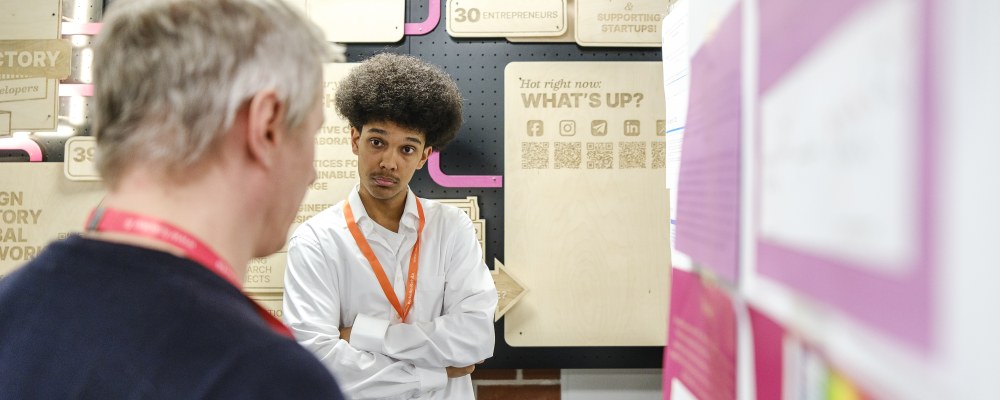
Manu Kiiskilä from the Tampereen lyseon lukio high school and Kalle Wesanko, Zhiyuan Liu and Matias Manninen from the Maunula Secondary School and Helsinki School of Mathematics won the national TuKoKe science competition. Kiiskilä’s entry on computer vision was considered the best research project in the competition. Wesanko, Liu and Manninen’s work, which combines AI and chess, was the best applied work in the competition. Both prizes are worth €1,000. The winners will also be invited to represent Finland at the European Union Contest for Young Scientists (EUCYS) in Katowice, Poland, in September.
The finals of the competition were held at Aalto Design Factory in Otaniemi, Espoo, on 16–17 April. A total of 22 entries competed in the finals for upper secondary school students. According to the jury, all the entries in the competition series were of extremely high quality.
”As always, the entries astonished and surprised even the most experienced veterans,” said Kalevi ”Eetu” Ekman when asked about the competition entries. Ekman is the Chair of the TuKoKe Advisory Board, Director of Aalto Design Factory and Professor of Product Development.
In the winning research project, Manu Kiiskilä studied whether computer vision could be trained using a smaller amount of data than what is currently being used in most cases. This would make computer vision more efficient and scalable. The project is titled “Evolving Deep Architectures: A New Blend of CNNs and Transformers Without Pre-Training Dependencies.” Sheela Kiiskilä acted as the instructor for the project.
Manu Kiiskilä has been working on machine learning for several years now. Kiiskilä worked as a summer intern at the Tampere University on a machine learning project as a secondary school student, among other things. Kiiskilä is now a sophomore in upper secondary school. Kiiskilä says that collecting training data has always been the most difficult part of machine learning projects, and it sparked an idea – is there something that could make the hardest part easier?
Kiiskilä found that the hybrid model performs better with less data over a fully transformer model trained with the same smaller dataset. The project’s practical applications include identifying tumors from images, for example.
Kiiskilä has won the TuKoKe competition before, in 2022 and 2020.
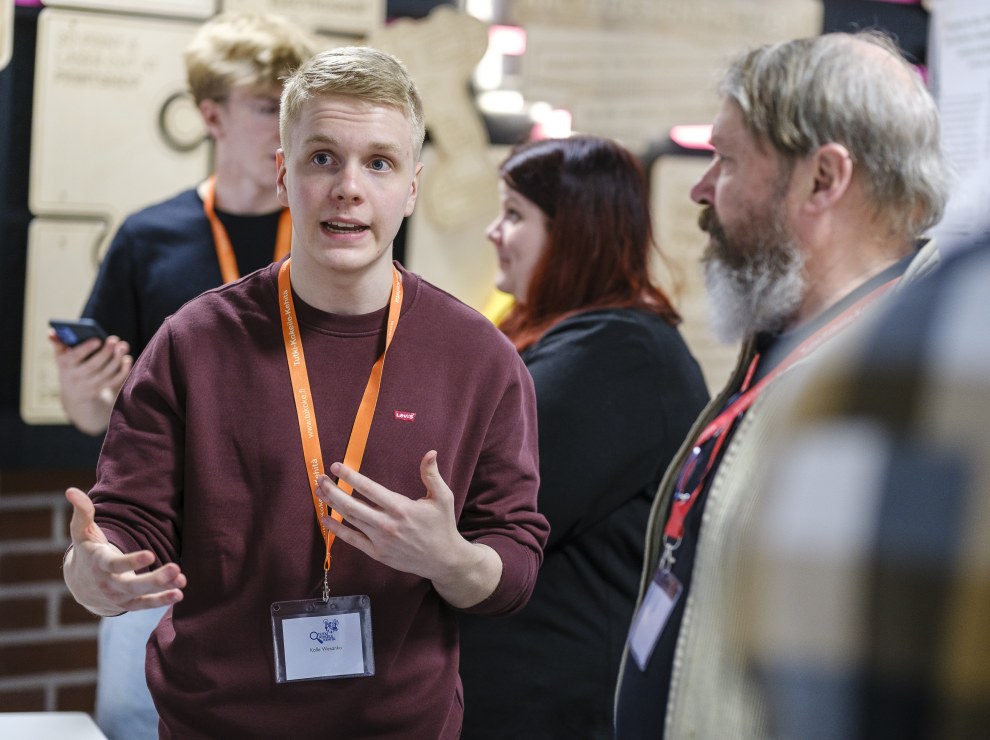
Kalle Wesanko presenting in the TuKoKe finale in 2024.
In their winning project, Kalle Wesanko, Zhiyuan Liu and Matias Manninen set out to build a chess-playing AI that makes as human-like moves as possible. The project is titled “Inhimillisen pelitavan emulointi MTD-f-hakuun pohjautuvalla shakkikoneella,” which translates as “Emulation of a human-like style of play on an MTD-f search-based chess machine.” Ville Tilvis acted as the instructor for the project.
Wesanko, Liu and Manninen enjoy playing chess. They have found that they play better and differently against a computer than against a human. They wanted to build a chess machine that could simulate games against a human opponent. Players can use this machine to develop their own chess skills. In practice, this meant coding a chess machine, building a test environment and determining the human-like nature of the machine using statistics.
Wesanko, Liu and Manninen were able to build chess machines that use human-like moves, but they found that their optimization method is not the best way for making a human-like chess machine. The trio suggests that a neural network approach would be better.
Winners in the series for younger students studied brain tumors and how to get children and young people to read more
“How can you choose only three best entries? It’s an extremely difficult task for the jury,” said Veli-Matti Ikävalko when talking about the entries in the competition series for 3rd–9th-graders. Ikävalko served on the jury of the competition series and is the Director of Aalto University Junior.
There were a total of 11 finalists in the competition series for 3rd–9th-graders. There were two winners in the series for two different age groups: Asiya Yousfi from the Maatulli Comprehensive School in Helsinki won the series for 7th–9th-graders, and Anni Nikkinen, Aina Finell and Eero Lampinen from Helsingin Suomalainen Yhteiskoulu (SYK) won the series for 3rd–6th-graders. Both prizes are worth €1,000.
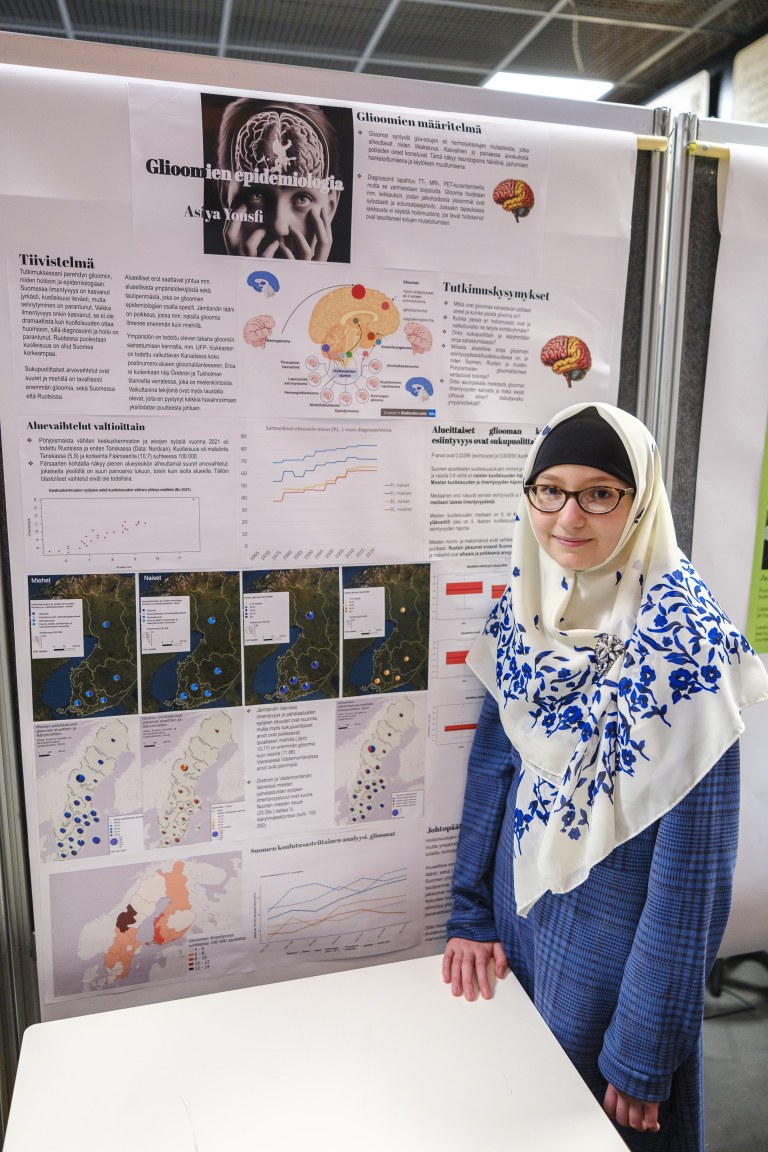
Asiya Yousfi studied the epidemiology of gliomas in the winning project. Gliomas are brain tumors caused by mutations in the glial cells that cause the cells to overgrow. Yousfi studied the prevalence and treatment of gliomas in Finland and Sweden, as well as differences in disease incidence by gender, age group and place of residence.
In Western Finland, the prevalence of gliomas was significantly higher than in Eastern Finland. In Jämtland, Sweden, women have a higher incidence of gliomas than men. This result is directly opposite to the results found elsewhere in the Nordic countries.
Yousfi has previously won the TuKoKe competition’s series for younger students (3rd–6th-graders) three times. Last year, Yousfi studied artificial intelligence.
“My previous project was so strongly linked to intelligence and neural networks that I decided to study the brain this time,” Yousfi says.
Anni Nikkinen, Aina Finell and Eero Lampinen won a prize for their project ”Luetaan! Miten herättää viides- ja kuudesluokkalaisten lukuinto kotona, koulussa ja kirjastossa?”, which translates as “Let’s read! How to get fifth and sixth-graders interested in reading at home, at school and in the library?”. Leena Paasio-Leimola acted as the instructor for the project.
The project is very topical. In the 2018 Pisa survey, Finnish 15-year-olds had the best reading skills in all of the OECD countries, but in the latest Pisa survey in 2022, they ranked only 14th.
In their project, Nikkinen, Lampinen and Finell present 27 ways to get 11–13 year-olds to read more. The best way to get children to read more in libraries is to organize library cafés. At home, treats and reading together with the family in the evening were proven to be the most effective. At school, the best way to get students to read was to hold reading classes. Taking trips to locations where books take place in, for example, may also inspire children and young people to read more.
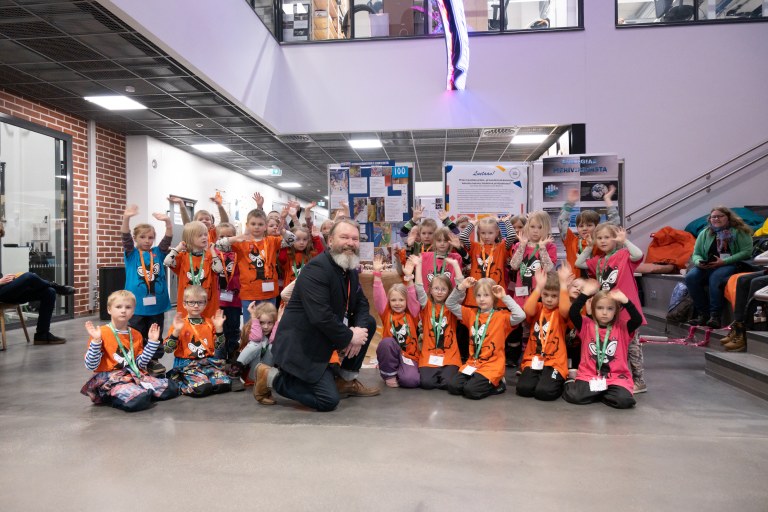
The competition series for the youngest students (children in pre-primary education and on the 1st and 2nd grade) was won by a pre-primary education group from the Kirkonkylä school in Taipalsaari. The children focused on mathematics in their project, measuring things like trees, the depth of puddles, snow and how much food pets eat. They also counted how many days it is until Christmas.
The entry from Taipalsaari was the only finalist in the series. The prize is worth €300.
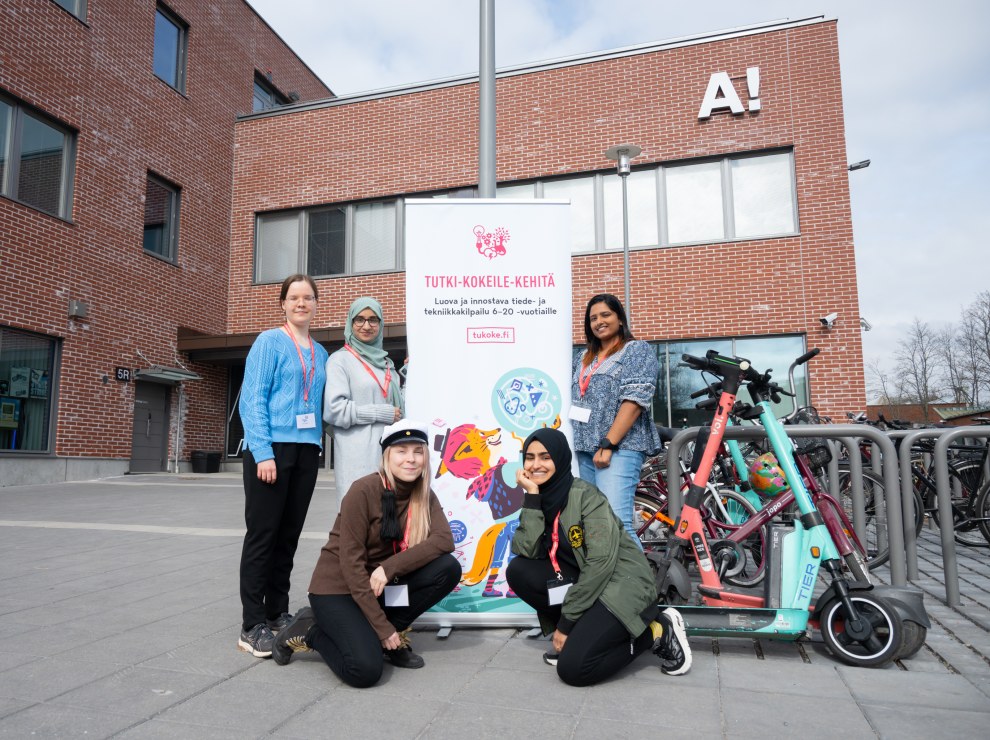
The jury interviews the finalists in the closing event of the TuKoKe competition. Teekkarituomaristo (Jury of Engineering Students) is part of the 2024 Aalto-Helsinki iGEM team.
“Talking to young people about their projects has been inspiring, and being able to support young talent has been a real pleasure,” says the jury.
TuKoKe cooperates with the STEK Electricity competition (STEK Sähkökisa) and the European Space Agency ESA’s Climate Detectives project. The prizes for these competitions, as well for the Foundation for Finnish Inventions, were also awarded at the TuKoKe closing event on 17 April.
You can view the finalist entries in a virtual exhibition here
Tutki-Kokeile-Kehitä 2024
- A science, technology and invention competition for 4–20-year-olds.
- The goal is to encourage children and young people to do science and conduct technology projects with a research-based approach.
- The competition is organized annually by Academic Engineers and Architects in Finland TEK and Development Centre Opinkirjo.
- A total of 151 entries were submitted by the deadline of 1 February 2024. The jury selected 34 entries for the finals among those submitted. Participants can work alone or in a group. There were a total 81 finalists from all over Finland.
- Learn more at: www.tukoke.fi and on Instagram @tutki.kokeile.kehita